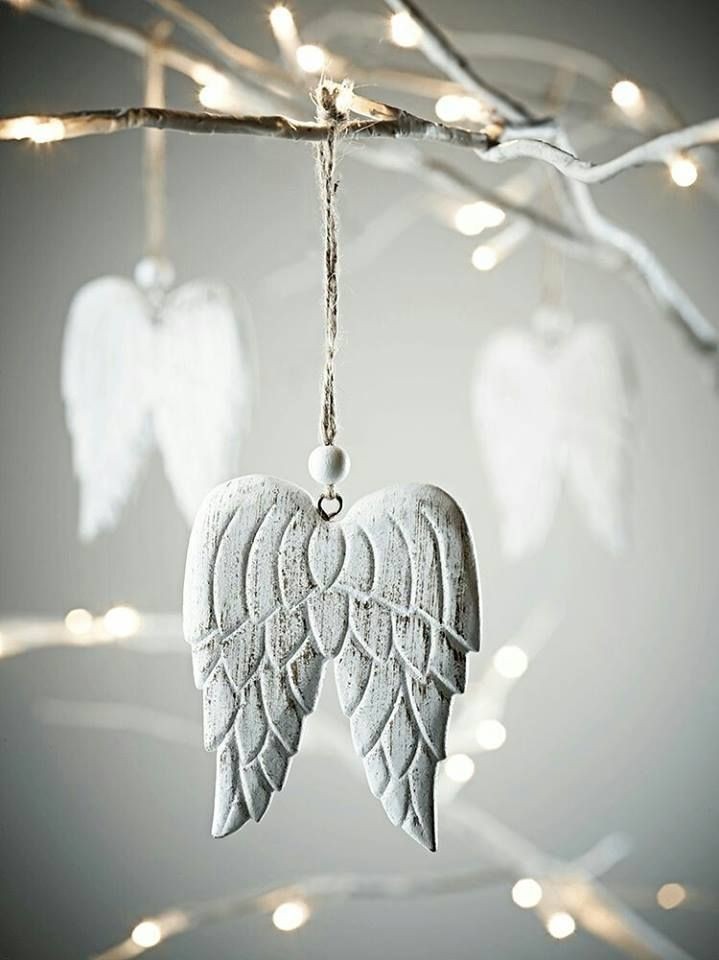Couples Counseling Enhanced by Art Therapy: A Creative Route to Harmony
- Koöko Fleurs
- May 30, 2024
- 4 min read
Updated: Aug 19, 2024

In the realm of therapeutic practices, couples counseling and art therapy are often viewed as distinct approaches to healing and growth. However, when woven together, they create a tapestry of expression and understanding that can deeply enrich the relationship between partners. This article explores the integration of art therapy into couples counseling, offering a unique perspective on fostering communication, intimacy, and mutual understanding.
The Confluence of Art and Therapy
Art therapy, a form of psychotherapy, involves the use of creative techniques such as drawing, painting, collage, and sculpting to help individuals express themselves artistically and, in turn, to examine the psychological and emotional undertones in their art. When applied to couples counseling, art therapy provides a non-verbal medium through which partners can communicate complex feelings and thoughts that might be difficult to articulate with words alone.
Building Bridges Through Creativity
Couples often seek counseling when they encounter roadblocks in their relationship that they find insurmountable. Communication breakdowns, intimacy issues, and unresolved conflicts are common challenges that can create distance between partners. Art therapy offers a bridge over these troubled waters, allowing couples to explore their emotions and experiences in a safe and supportive environment.
The Process of Artistic Expression
A typical art therapy session in the context of couples counseling might begin with the therapist inviting the partners to create individual pieces of art that represent their view of the relationship. This process not only encourages self-reflection but also fosters empathy, as each partner gains insight into the other’s perspective.
Following the individual expression, the couple may be guided to create a joint artwork. This collaborative process can be profoundly revealing, highlighting areas of harmony and discord within the relationship. Through the act of creating together, couples can learn to negotiate, collaborate, and communicate more effectively.
The Therapeutic Outcomes
The benefits of integrating art therapy into couples counseling are manifold. It can lead to improved communication, heightened emotional intimacy, and a renewed sense of partnership. Additionally, the creative process itself can be therapeutic, offering stress relief and a sense of accomplishment.
Art therapy offers a variety of techniques that can be particularly beneficial for couples seeking to strengthen their relationship and improve communication.
Here are some specific art therapy activities designed for couples:
Half-Heart Drawing: Each partner draws one half of a heart, expressing their feelings or aspects of the relationship they cherish. When combined, the two halves reveal a complete picture of their shared emotions and values.
Paper Hearts with Couples’ Activities: Partners write down activities they enjoy doing together on paper hearts. This can help them focus on positive shared experiences and plan future quality time.
Mutual Collage: Couples create a collage together, using images and words from magazines that represent their feelings and perspectives on the conflict. This activity encourages collaboration and can lead to a shared understanding.
Sculpture of Emotions: Using clay or other sculpting materials, each partner creates a representation of how the conflict makes them feel. Sharing and discussing these sculptures can help each person understand the other’s emotional state.
Dialogue Drawing: Partners sit back-to-back and draw in response to prompts about the conflict. They then share and discuss their drawings, which can reveal underlying issues and emotions.
Color Your Feelings: Each partner chooses colors that represent their emotions regarding the conflict and paints with those colors on a shared canvas. This can help express emotions that are hard to articulate.
Bridge Drawing: Partners draw a bridge together, with each person starting from opposite ends. The bridge symbolizes their journey toward resolving the conflict and meeting in the middle.
Animal Pet Peeve Drawing: Each partner draws an animal that represents a pet peeve they have about the relationship. This can open up a dialogue about irritations in a non-confrontational way.
Holding Hands Art Therapy: Partners hold hands while one of them draws or paints, leading to a piece that is co-created through physical connection and cooperation.
Couples’ Cloud Drawing for Stress Relief: Drawing clouds together can be a relaxing activity that allows couples to unwind and connect through a shared creative process.
Sylvotherapy: Sylvotherapy, also known as forest bathing or shinrin-yoku in Japanese, is a therapeutic practice that involves immersing oneself in a forest environment to promote physical and mental well-being. This practice, which has gained popularity in recent years, encourages individuals to engage with nature through activities like mindful walking, meditation, and simply experiencing the sights, sounds, and smells of the forest. Scientific studies have shown that sylvotherapy can reduce stress, lower blood pressure, and improve mood by enhancing the body’s immune function and increasing energy levels. By disconnecting from the stresses of modern life and reconnecting with nature, sylvotherapy offers a holistic approach to health and wellness.
These activities are designed to encourage expression, reflection, and communication in a creative and non-verbal way, which can be particularly helpful for addressing sensitive topics or when words are hard to find. Engaging in these exercises can provide insight into the dynamics of the relationship and foster a deeper understanding between partners.
To sum up, couples counseling with art therapy is a vibrant and effective approach to healing relationships. It allows partners to express themselves freely, understand each other more deeply, and work together towards a harmonious future. As this therapeutic practice continues to evolve, it holds the promise of helping couples navigate the complexities of their relationships with creativity and compassion.











Comments